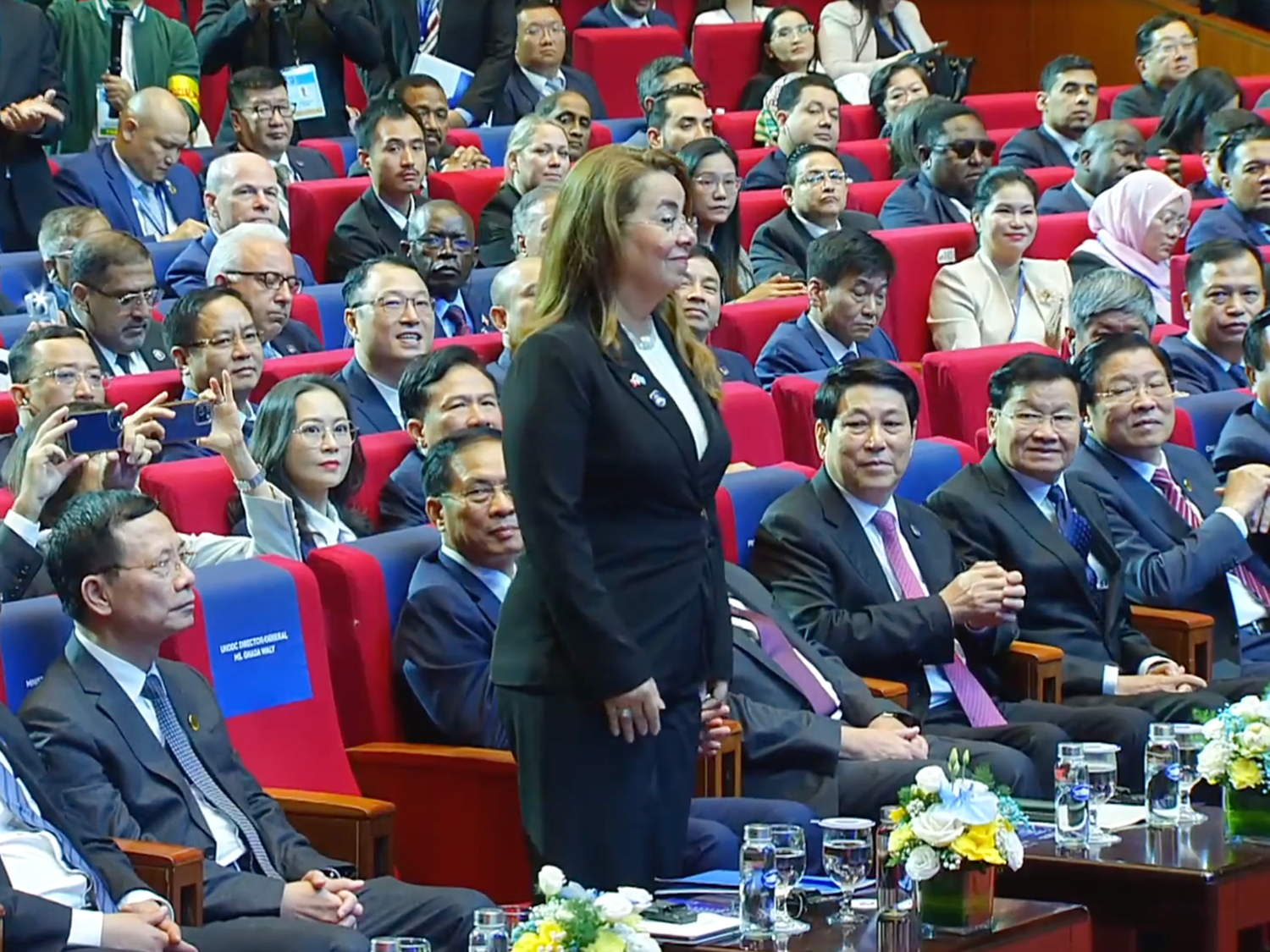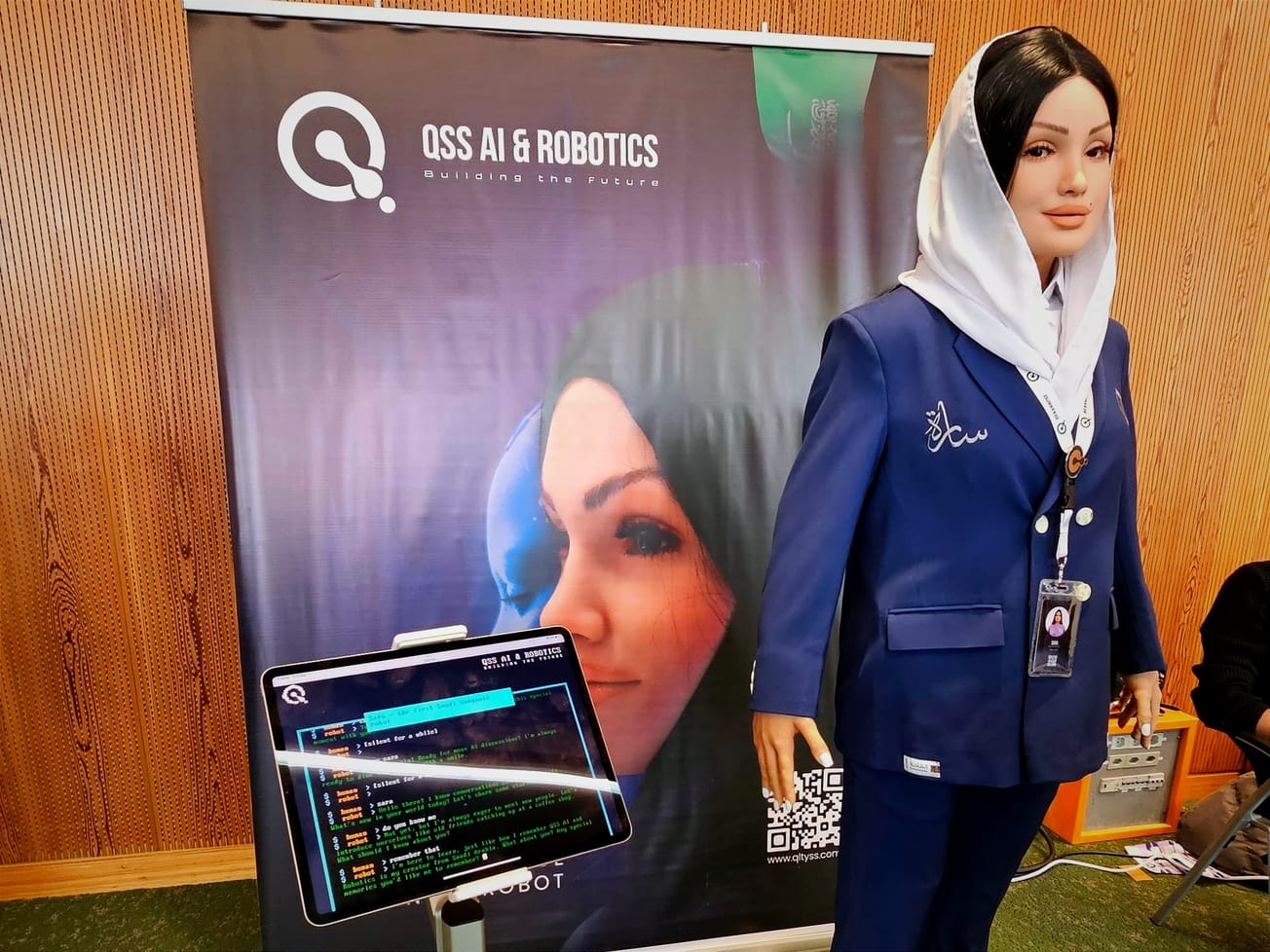GENEVA (AN) — Instagram is fast becoming the go-to social media for leaders, international organizations and governments.
Every leader in the G-7 and all but two in the G-20 have personal Instagram profiles, according to the latest "Twiplomacy" study on social media and diplomacy. Some 81% of the United Nations' 193 member nations are active on it.









